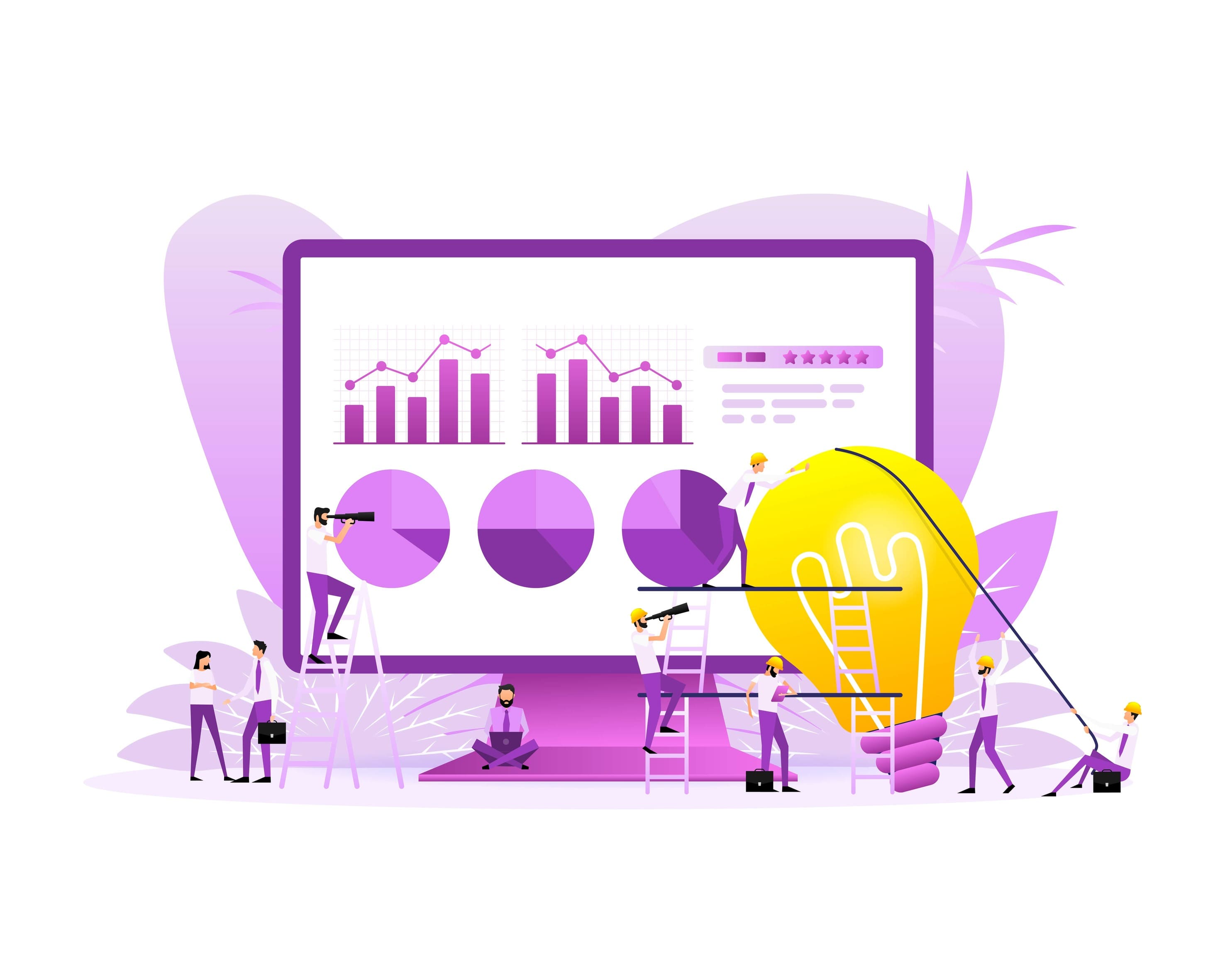Proper Planning for App Development
Applications

 2769
2769 
Proper Planning for App Development - The Key to Success
Successful App Development requires much more than just a brilliant idea or pure technical skills. It is a complex and multi-stage process that requires careful planning, strategic vision, and a methodological approach. Proper planning from the start can save time, resources, and a lot of frustration down the road, significantly increasing the chances of a functional, attractive, and valuable app for users. Let's examine the main steps in app development planning and the key factors for its success.
Defining Clear Goals and Objectives
The first step in app development planning is a clear definition of its goals and objectives. You need to ask yourself:
- What is the problem or need that the app aims to solve?
- Who are its primary target audiences?
- What are the business or marketing objectives you wish to achieve through it?
- How will it create unique value for the users?
The more specific you are in defining the goals, the easier it will be for you to make informed decisions throughout the process and measure success later on.
Market Research and User Profiling
The next step is to conduct in-depth research on the market, industry trends, and the needs and desires of users. Examine competing or similar apps, analyze their strengths and weaknesses, and identify gaps or opportunities that your app can fill.
Simultaneously, try to gain a deep understanding of your potential users. Build detailed profiles (personas) that describe their characteristics, preferences, and behaviors. These insights will help you design an app that provides a personalized and relevant user experience.
Defining Key Requirements and Features
Based on the goals and research, clearly define the functional and non-functional requirements of the app. Functional requirements refer to the specific actions and features the app needs to perform, such as user registration, product search, or payment processing. Non-functional requirements relate to characteristics such as performance, security, usability, and compatibility.
Prioritize the requirements according to their importance, and focus first on the most crucial core features. Also, consider developing a Minimum Viable Product (MVP) that will allow you to test feasibility and gather feedback from users at an early stage.
Selecting Technologies and Architecture
Based on the requirements and objectives you defined, choose the most appropriate technology stack for app development. Key decisions include:
- Target platforms (iOS, Android, Web)
- Programming languages and development tools
- Content Management Systems (CMS) or Learning Management Systems (LMS)
- Cloud services for storage, backup, and data analysis
- Application Programming Interfaces (APIs) and third-party integrations
Consult with technical experts to ensure that the technology choices align with business and functional requirements, while allowing for flexibility and future app evolution.
Early Design and Prototyping
Before starting the actual development, it's important to create an initial prototype or user interface (UI) model of the app. This can take the form of static screens (wireframes), navigation models, or even a basic interactive prototype.
The goal is to give a visual representation of the requirements and features you've defined, allowing for early testing of usability, flow, and the overall look of the app. Sharing the prototype with various stakeholders and potential users can provide important insights and early feedback before investing in full development.
Project Planning and Timelines
The final step in planning is to establish a project framework and timelines for app development. Break down the process into clear stages and tasks, allocating resources and realistic timelines. Also, consider time for testing, integrations, and bug fixes.
Adopt a suitable development methodology, such as Agile or Waterfall, depending on the nature and size of the project. Define key milestones, such as Alpha, Beta, or MVP, and plan for iterative feedback and improvement cycles. Also, remember to allocate time and budget for marketing, launch, and ongoing maintenance efforts after the app goes live.
Summary
Meticulous planning is the foundation for successful app development. It ensures that all involved are aligned on goals and requirements, that the chosen technologies are suited for the challenge, and that the process is managed efficiently and effectively.
Investing in early-stage planning can save expensive time and resources later on, prevent problems and malfunctions, and ultimately result in a higher-quality app that delivers real value to users. However, it's also important to maintain some flexibility and be open to changes and adjustments during development, depending on the lessons and insights that arise along the way.
Finally, even the most careful planning cannot replace the importance of collaboration, communication, and the commitment of the entire team throughout the process. Harmonious teamwork, transparency, and a willingness to learn and continuously improve are the keys to the success of any development project, big or small.
So whether you are a startup planning your first app or an established organization looking to expand your digital presence - take the time and resources necessary for structured and detailed planning. This is the most worthwhile investment you can make, laying the groundwork for an excellent app and sustained business success in today’s competitive arena.



